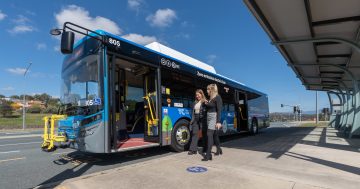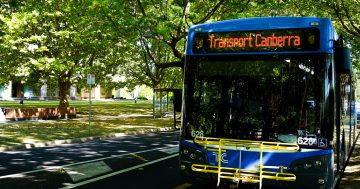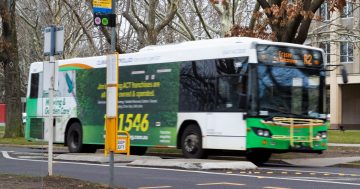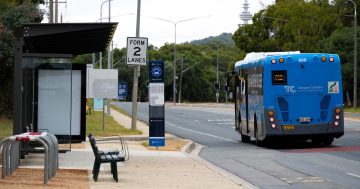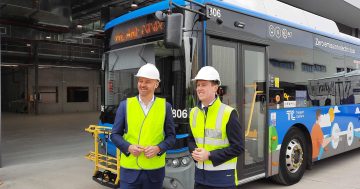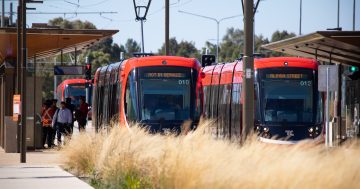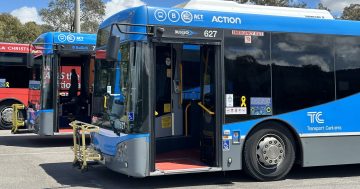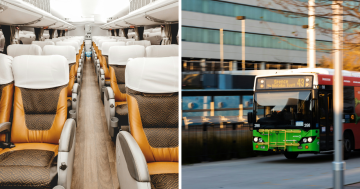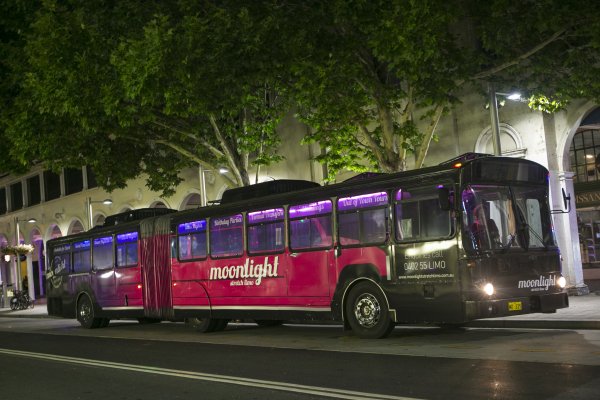
The ACT Council on the Aging last year held a public transport forum for getting senior non-drivers around Canberra. As a result of an accident I had my own experience of our ACTION bus service and the two events set me thinking: are we trying to do too much?
I cannot speak for peak hour travel although the new private parking costs and fines must have added to the already high patronage. The off-peak services are another matter despite clean comfortable buses in my case providing an hourly service for a 30 minute run to Yarralumla from Civic. The 1337 on a recent Wednesday had a customer load of 13 tourists who disembarked at Parliament House, a man who possibly went to Woden and myself. We did not collect anyone en route. Hardly likely to balance the budget.
But does it have to? I know of no public transport system in the world that runs at a profit, yet Canberra seems to niggle away at trying to do so by increasing loadings and simultaneously improving services.
We suffer the same problems as other cities: new suburbs demanding new routes, longer distances, and an aging population who no longer drive, young families and students without private transport.
These other cities share these disadvantages but the problems are not the subject of expensive studies to correct them. If you have to walk a long way to a transport stop, if off-peak schedules are limited, if a visit to town involves several changes, so be it. People are expected to adjust and they do. Many elderly people, even those with cars, will not go out at night, young families have not the money nor enjoy the hassle, and students are equally impecunious.
I do not for a moment dismiss the very real problems lack of mobility can cause like isolation and difficulty with shopping. Nevertheless no government can afford to address every private inconvenience faced by individuals and that includes transportation.
We cannot expect door to door service 24 hours a day – indeed most of us would not want it – and there are government funded organisations to help the disabled and elderly who need it.
Only in the matter of running costs can our ACTION budget be addressed. However dead running, rescheduling and salaries will not necessarily substantially improve the bottom line and I suggest neither will a change of public transport type.












